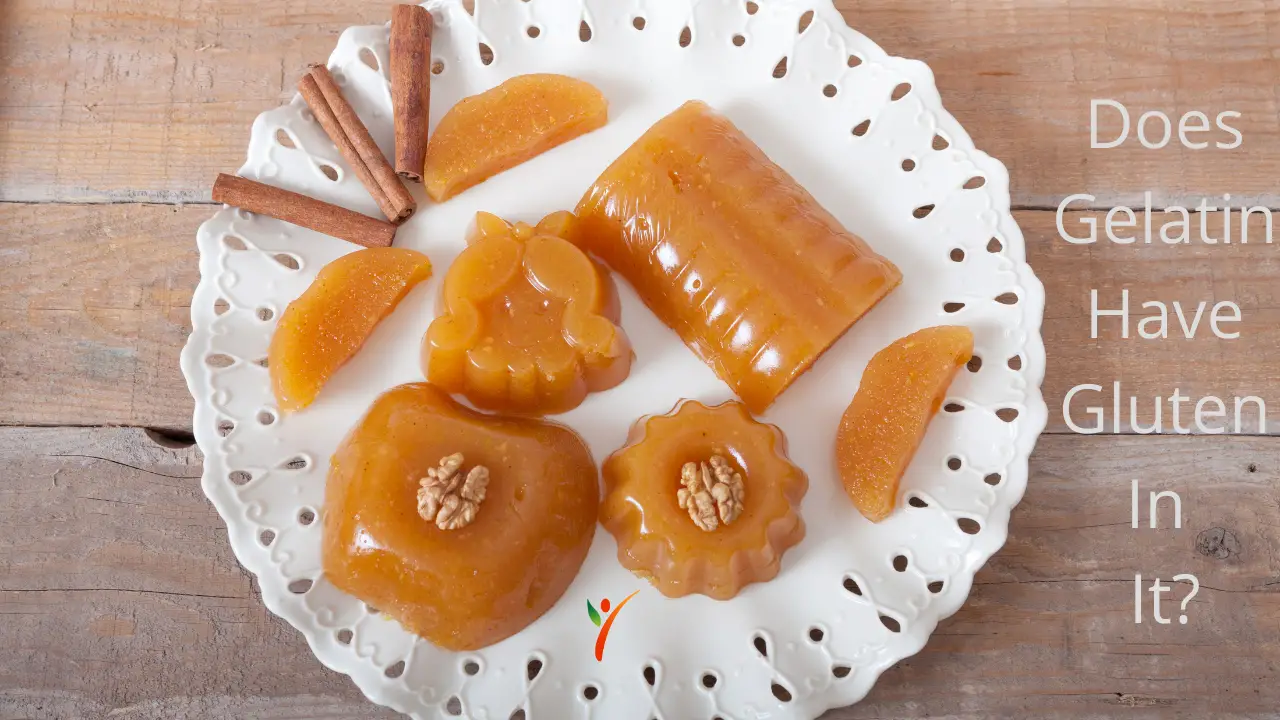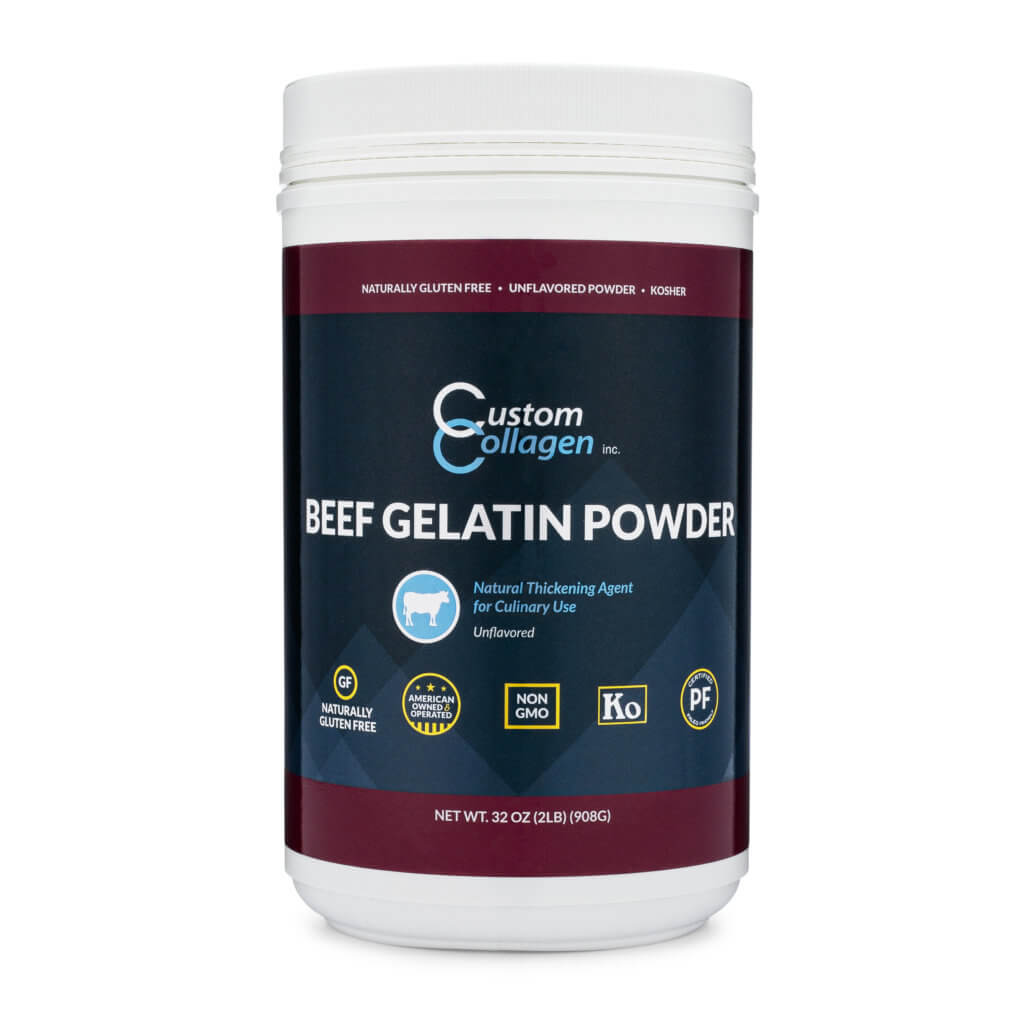
#Where does gelatin come from skin#
Where does collagen come from?Īnswer: Collagen is found in animal skin and bone. Gelatin is a cooked form of collagen, while collagen is the raw form. What is the difference between gelatin and collagen?Īnswer: Gelatin is a protein derived from collagen, which is found in animal skin and bone. However, it is also possible to get gelatin from the collagen of fish, chickens, and other animals.Īnswer: Gelatin is a protein derived from collagen, which is found in animal skin and bone. The majority of gelatin that is used in the United States is derived from the collagen of pigs and cows. In addition, gelatin is used in the manufacturing of some cosmetic products, such as shampoos, conditioners, and face creams. It is commonly used as a gelling agent in food, and it is also used in the production of supplements, vaccines, and medications. Gelatin can be used in a variety of ways. It is particularly good at removing soluble salts and soot particles.It is also possible to buy flavored gelatin, which is typically made with fruit juice and added sugar. In March 2014, a study was released in the journal Heritage Science that revealed agar gel can be used to clean old buildings and sculpted items. It is commonly used as a gelling agent in food, beverages, medications, drug or vitamin capsules, photographic films, papers, and cosmetics. It may also be referred to as hydrolyzed collagen, collagen hydrolysate, gelatine hydrolysate, hydrolyzed gelatine, and collagen peptides after it has undergone hydrolysis. It is brittle when dry and rubbery when moist.


Gelatin, although comprises 98 to 99% protein, if eaten exclusively results in net loss of protein and malnutrition. Gelatin or gelatine is a translucent, colorless, flavorless food ingredient, commonly derived from collagen taken from animal body parts. It is ideal for people interested in weight loss and maintaining good health. The following video explains the various properties of agar:Īgar is low in saturated fat and cholesterol and high is calcium, folate, iron and vitamins amongst others. Gelatin is colorless, translucent and odorless solid substance and comes in the form of granules, powder or sheets. Gelatin melts at 35 degrees Celsius and solidifies at low temperatures but the exact gelling would depend upon the concentration and time of standing.Īgar is white and translucent and sold as either strips or as a powder. Contrary to popular belief, horns and hooves are not used.Īgar melts at 85 degrees Celsius and solidifies between 32 and 40 degrees Celsius. While agar is derived from red algae, gelatin is made mainly from the collagen present in pork skins, pork and cattle bones, or split cattle hides. Needs to be brought to a boil in order for the setting to occur.Ĭan be dissolved in warm liquid and left to set. Manufacturing Patent - England 1754, manufactured it to make glue. Baking Solution - In France 1682, Denis Papin baked animal bones to obtain gelatin. Used in Egypt, found in glue in a pharaohs grave. Gelatin, in common parlance, remains the same but is known by several other terms in the industrial context. Gelatin is inside the bones and hides, so they must be boiled down to obtain the gelatin.

Gelatin comes in the form of powder, granules or sheets.Īgar is derived from the Malay word agar-agar known as jelly and is also referred to as Kanten, China grass or Japanese isinglass. The agar used in food comes in 2 forms – strip agar and agar powder. Gelatin is a more popular ingredient in desserts and confectioneries in most parts of the world. Gelatin is used widely in photography, cosmetics and ammunition amongst others.Īgar is a chief ingredient in desserts in certain parts of the world especially in Japan. Gelatin is a colorless and odorless substance that is made from the collagen found inside animal bones and skin.Īgar is used for conducting microbiological tests, as impression substance in dentistry, as a laxative and in electrochemistry. Comparison chart Agar versus Gelatin comparison chartĪgar is a gelatinous substance that is originally made from seaweed.


 0 kommentar(er)
0 kommentar(er)
